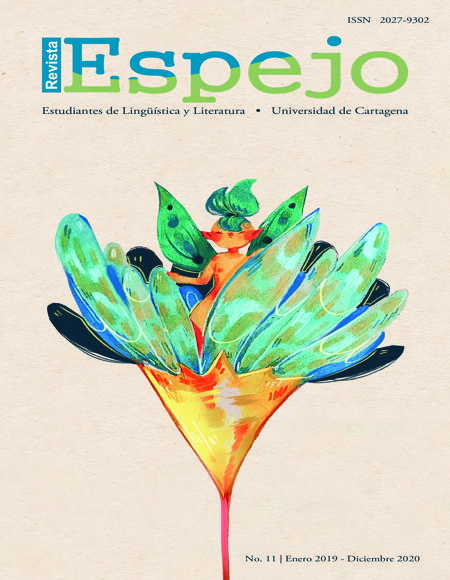Constructing the other in Emily Bronte’s Wuthering Heights.
Constructing the other in Emily Bronte’s Wuthering Heights.
Contenido principal del artículo
Resumen
How do I relate to the one that’s different than me? With anger? With hatred? Or, perhaps, with compassion? These are looming questions that seem crucial to our comprehension of one of the most relevant novels written by women in Britain during the XIX century, Wuthering Heights, by Emily Brontë. We thus ask the question, how is the Other constructed in this novel? Because the differences of class and race result not only in the exclusion or alienation of those who are different than I, but in the construction of a whole discourse regarding that identity, which manifests in several ways. Thus, in Wuthering Heights, the way both Heathcliff and Hareton are subjects of a discourse of alterity, throws them into the process of becoming the Other. Alterity, as we are to understand it in this essay, is the process of the construction of a discourse that alienates these characters throughout the development of the novel.
Descargas
Datos de publicación
Perfil evaluadores/as N/D
Declaraciones de autoría
Indexado en
-
—
- Sociedad académica
- Universidad de Cartagena
Detalles del artículo
Referencias (VER)
Bronte, Emily. (1994). Wuthering Heights. Penguin Books. Print.
Eagleton, Terry. (2010). Myths of Power: a Marxist Study of the Brontës. Palgrave Macmillan, Pdf
Vine, Steven. “The Wuther of the Other in Wuthering Heights.” Nineteenth-Century Literature, vol. 49, no. 3, 1994, pp. 339–359. https://doi.org/10.1525/ncl.1994.49.3.99p0094t



 PDF
PDF
 FLIP
FLIP
